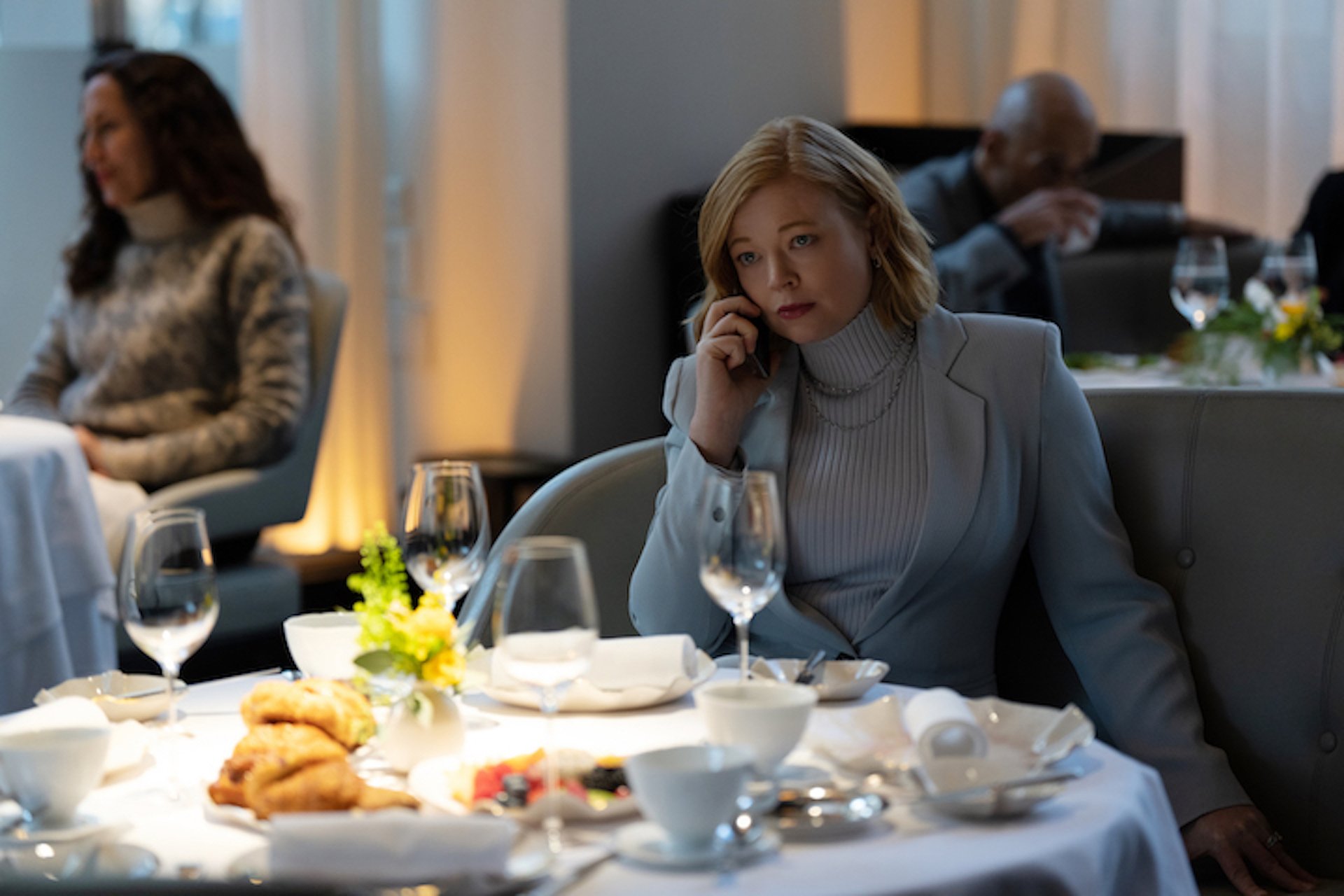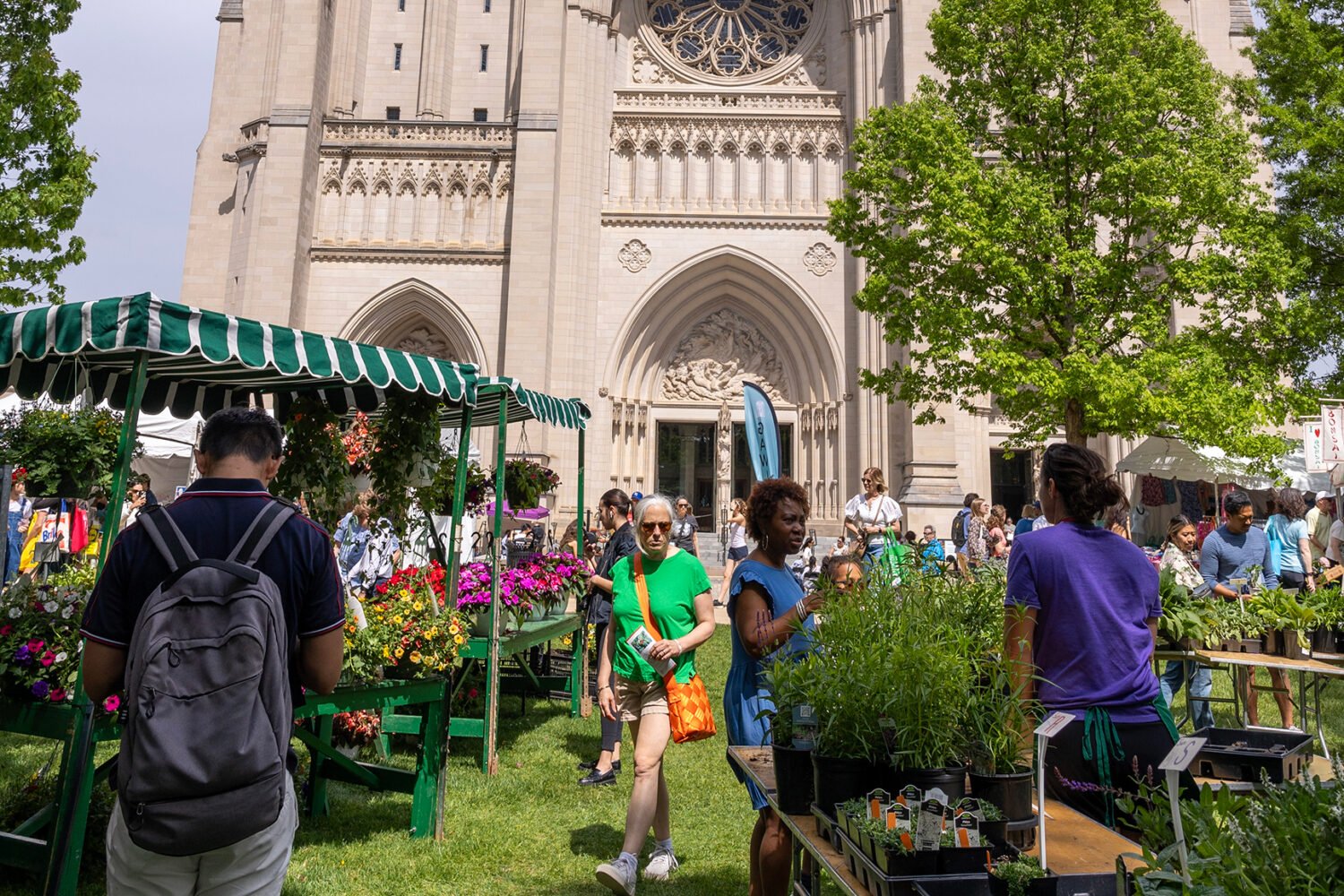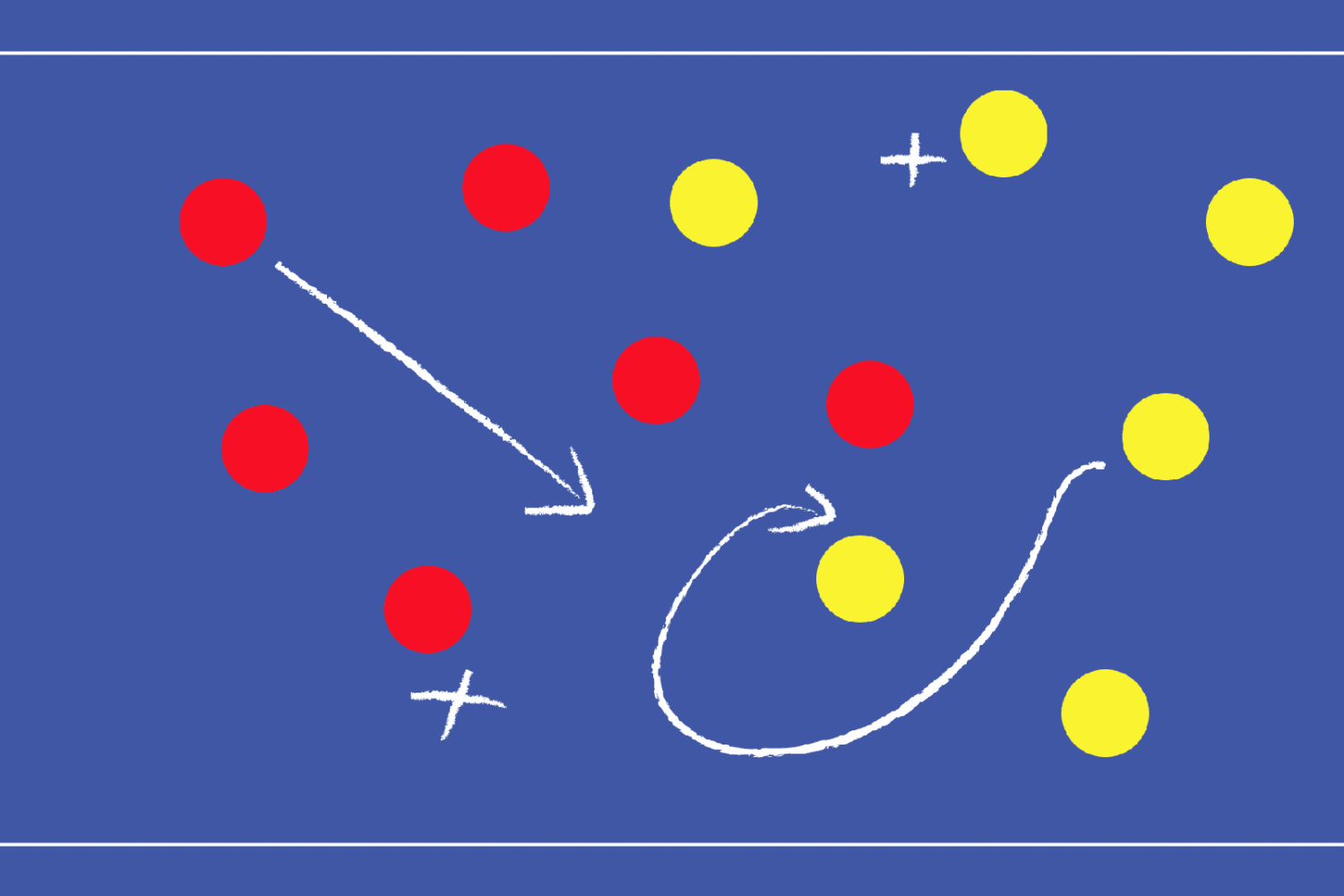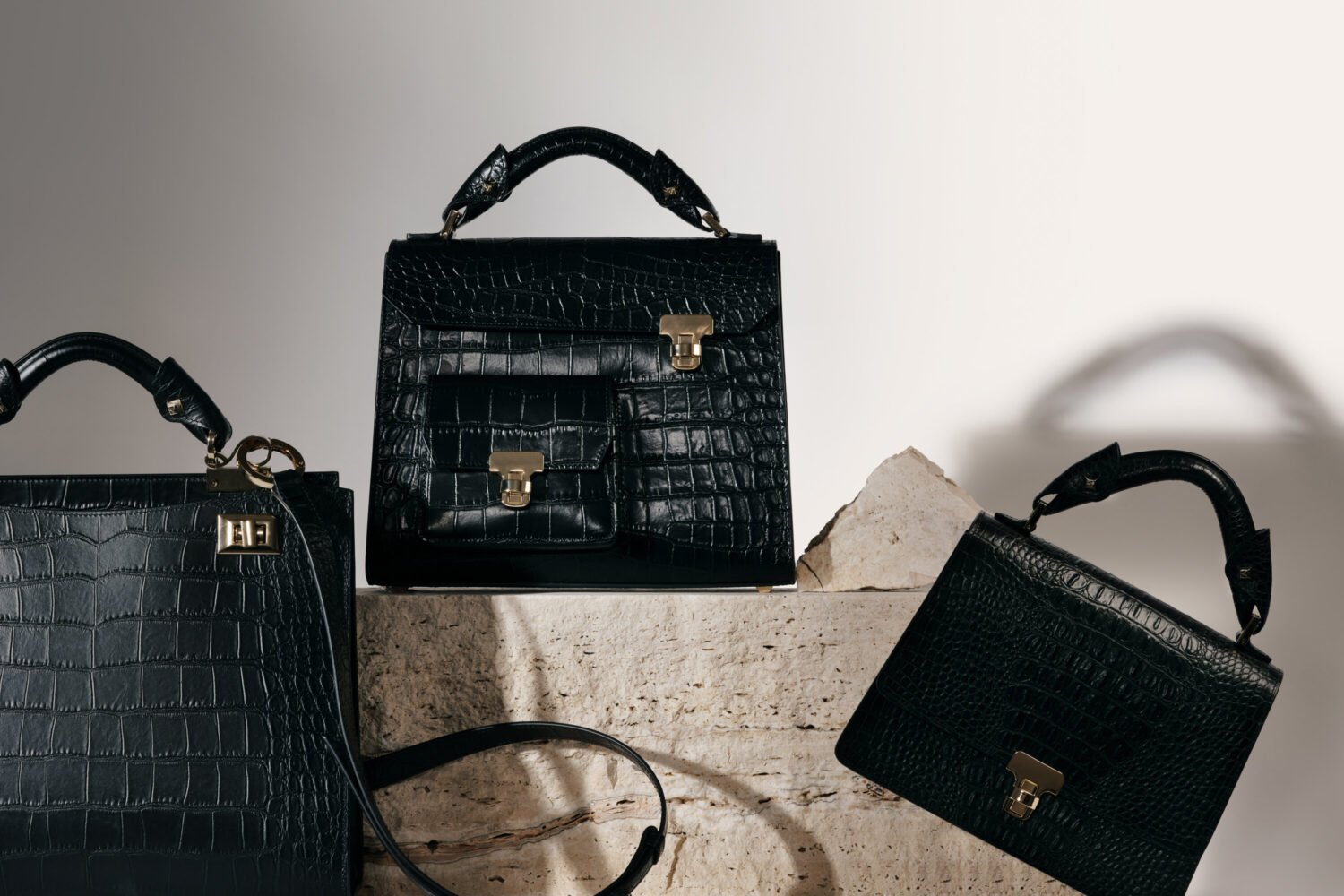The concept of “quiet luxury” (also known as “stealth wealth”) has been catapulted into the ether as a buzzy new trend in fashion—inspired by Shiv Roy’s neutral-hued, tailored suiting and Kendall Roy’s label-less (Loro Piana) cashmere baseball hat on the HBO show Succession.
In “quiet luxury,” wealth and sophistication are portrayed by impeccably tailored, well-made clothing of high-end materials classic enough to transcend trends and time—and recognizable not by logos or signature designs, but rather only by those who also have the wealth (or designer taste) to spot it. As viewers hummed about the attire choices from the outside, Succession acknowledged it from within—the most blatant nod perhaps being when Tom mocked Greg for his date’s large Burberry tote bag, which he called “ludicrously capacious.” Stealth wealth is the opposite of showy—but certainly not in a way that’s meant to downplay status.
If this all sounds familiar, it’s because it is.
Washington, DC, has been doing “quiet luxury” for a long time, eschewing flashy logos for subtler designer designs.
“The classic look of a high-powered woman wearing a power suit working in a downtown DC office existed long before Succession began,” stylist Naina Singla. “The outfit was typically composed of neutrals and solids like a tailored cinch-waist blazer, an ivory blouse, a pair of slim-silhouetted trousers or longline silk maxi skirt with classic black pumps.” Topped with a structured black designer satchel or tote, she says, “That is the DC power look in a nutshell.”
Particularly for women, clothing in neutrals such as navy and black are part of a classic, understated, often conservative style that stylist Catherine Bushera of Style by Rachel says DC has always embraced. Now, however, it’s considered less boring and more of-the-moment.
Stylist Dejeuné Harris, whose average client’s budget per season ranges from $2,000 to $5,000, says “quiet luxury” is a concept she knows well, but isn’t a term her clients—who wear it—use. “It’s a way of life, not a new discovery,” she says. Her clients go to her for wardrobe basics, such as a great pair of high-quality jeans, a trench coat, and—a familiar staple on Succession—turtlenecks.
And now, the concept is being propelled by the show. Even if they aren’t referencing “quiet luxury,” more clients are asking for it. “During most consultations, the concept of minimalism, neutrals, and logo-less investment pieces are the top requests,” says Bushera.
For years, conversations about fashion in DC have centered around buying fewer, but higher-quality pieces that last longer and are more versatile. During the pandemic, the idea of the capsule wardrobe flourished. Concerns about time, along with a quest for simplicity and a push for more environmentally conscious shopping were all at the forefront of the chatter—fast-fashion became a thing to be avoided while “investment” clothing became a hotter topic.
“We saw a lot of our local clients wanting to hone in on this idea of a capsule wardrobe, eliminating big logos and streamlining their pieces,” says Bushera. “Before the success of Succession, clients were already catching on to this idea of investing in key pieces, downsizing in quantity, and sticking to a clean color palette. [And they’re] very open to spending more on quality versus quantity.”
Also part of the aesthetic, says Singla: tailoring and monochromatic styling.
“Many of my clients are looking for ways to buy less,” says Singla. For a “simplified wardrobe,” her clients go for “sophisticated lifestyle pieces that include basic black blazers, high-waisted jeans, sleek tailored trousers, cashmere knitwear, a maxi winter coat, a traditional trench coat, and a classic handbag.” And on that last one, she says, “I have had many requests from clients looking to purchase an investment handbag—one that is free of logos, is a high-end designer, and timeless.”
The Row–with its $420 organic cotton tees and $4,000 trench coats—is popular for this kind of label-less luxury, as, say these stylists, are Bottega Veneta, Khaite, Toteme, Max Mara, Jill Sander, YSL, Brunello Cucinelli, and more recently, adds Harris, Akris. But quiet luxury doesn’t have to mean all high-priced pieces, says Singla. She points to Vince, Anine Bing, Theory, and Polene Paris as brands that offer the look at more mid-range prices. Bushera also recommends Jenni Kayne, plus Bacall & Bogie in Bethesda, which she says focuses on sustainable Europeans brands, minimalism, and timelessness.
“Price points are relative and different for everyone, but good quality is universal” says Harris.
















